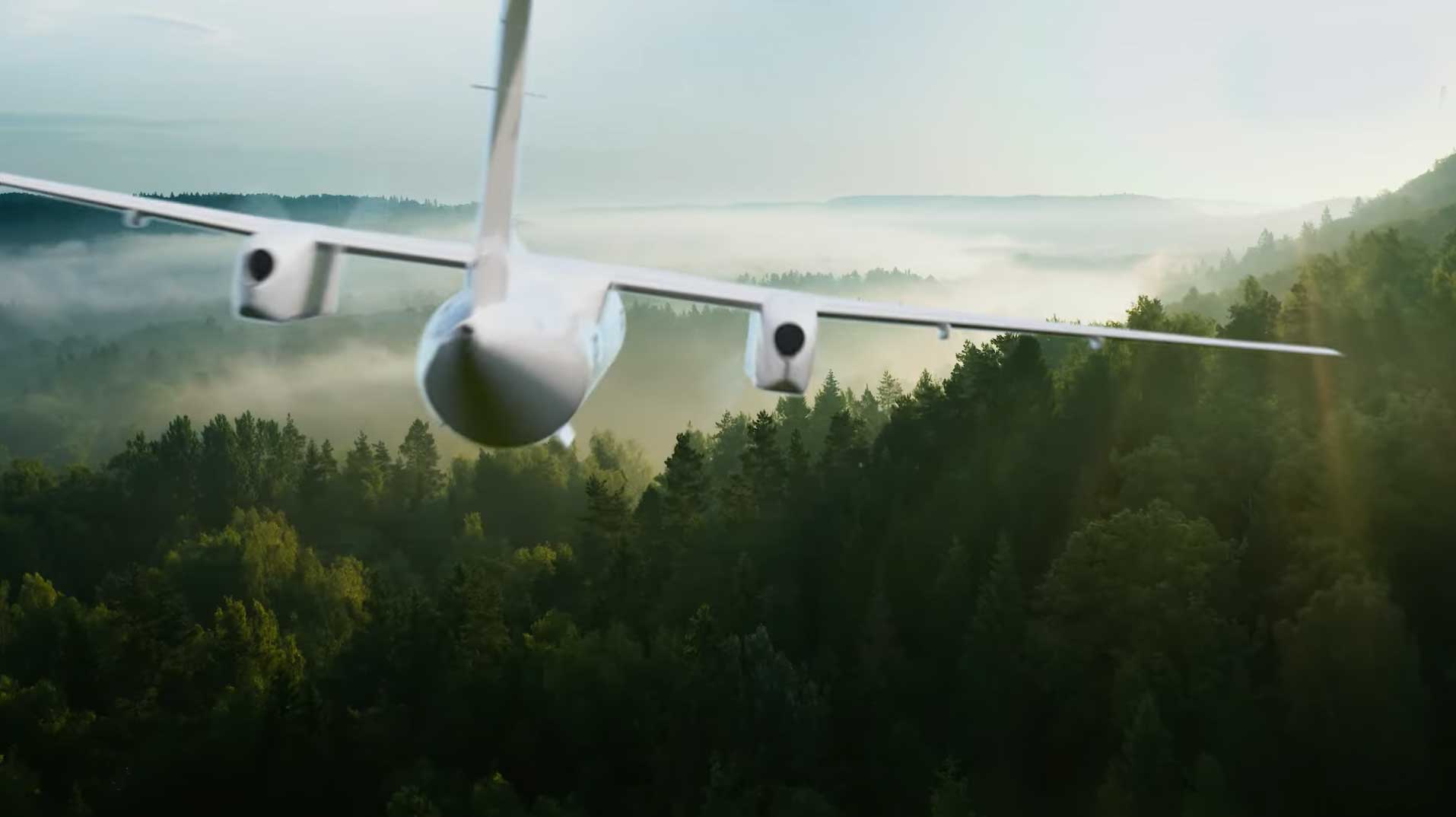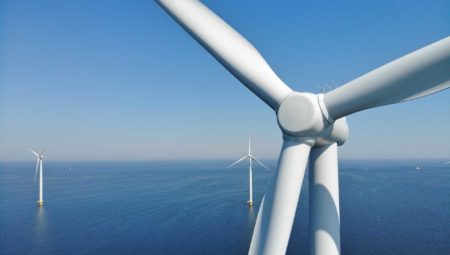The Dutch consortium HAPSS wants to build a commercial passenger aircraft that uses liquid green hydrogen as an energy source. The system will be available on a lab scale in 2025 and several commercial flights are expected to be carried out by 2028.
HAPSS stands for Hydrogen Aircraft Powertrain and Storage System and is an all-Dutch public-private partnership, set up by Unified International and the South Holland development company InnovationQuarter, together with 17 companies and organisations, including Fokker, TU Delft, the national Dutch government and the Royal Netherlands Air and Space Centre. The HAPSS project is part of the innovation programme Aviation in Transition, for which the National Growth Fund in The Netherlands allocated €383 million this year.
How it works
The entire propulsion chain in an aircraft, from fuel to propulsion, will be fully and completely greened. Whereas fuel is currently stored in the wings, in the new aircraft these are replaced by hydrogen capsules in the aircraft’s tail. The hydrogen is then transported to the engine and is transformed into electricity. In the engine, the electricity is converted into motion and sent to the propellers.
This is how the HAPSS programme achieves zero emission air travel. It will help the Netherlands to become the world’s leading supplier of such systems (tier-one position). The system will initially be built into an existing turboprop aircraft with 40-80 seats and can then be used in new zero-emission aircraft with even more passengers.
From 2028, HAPSS will create 1,200 high-quality jobs. “We are providing structural employment in the green economy with this programme,” says Michel van Ierland of Unified International. “In addition, we are opening up a €16 billion world market for the Netherlands. This is very interesting for Scandinavia and New Zealand, for example, where battery-electric technology is currently being targeted for shorter distances.”
Image: HAPSS



